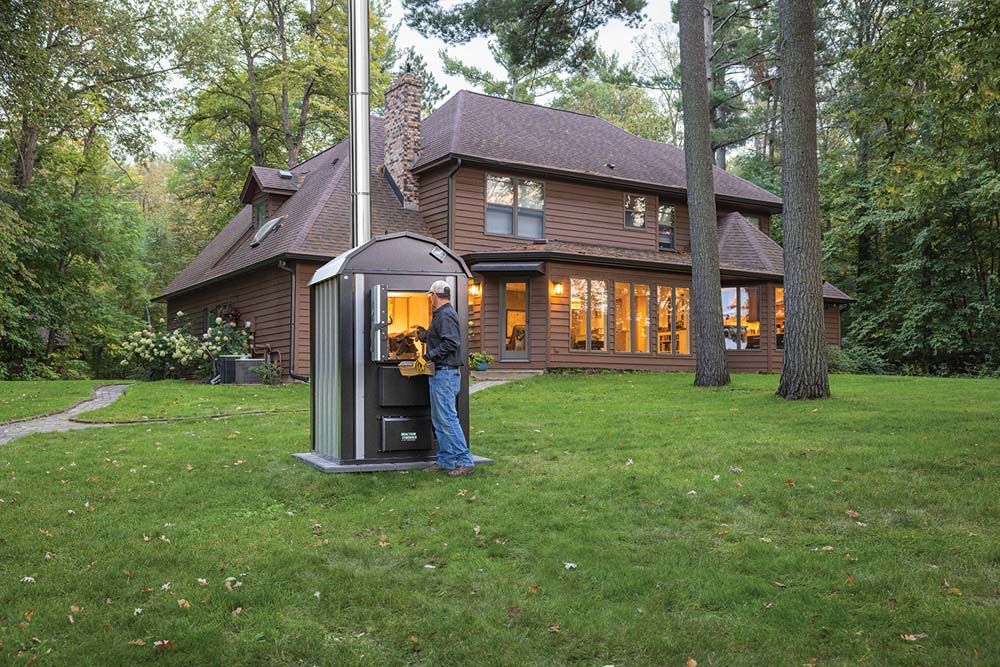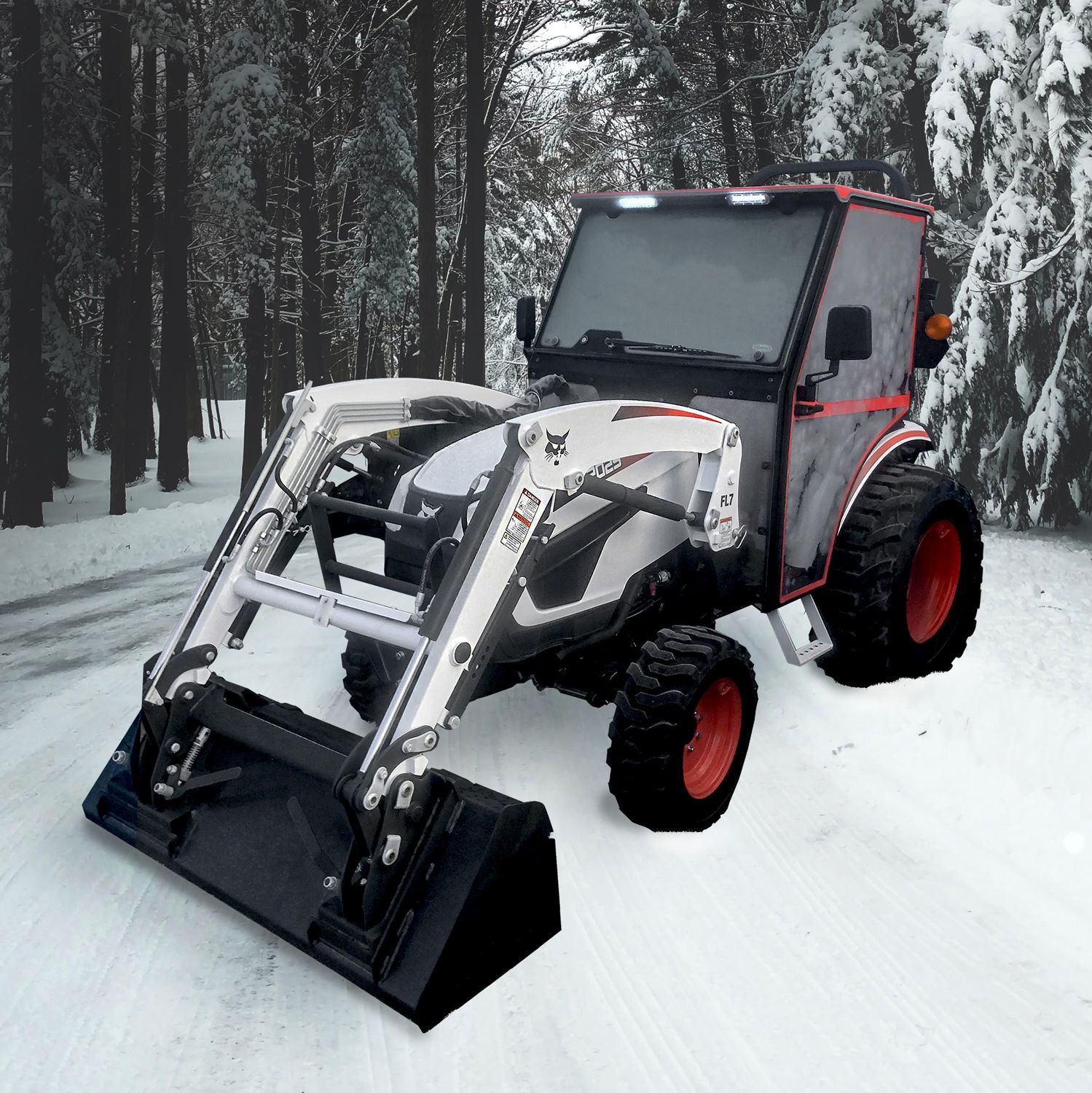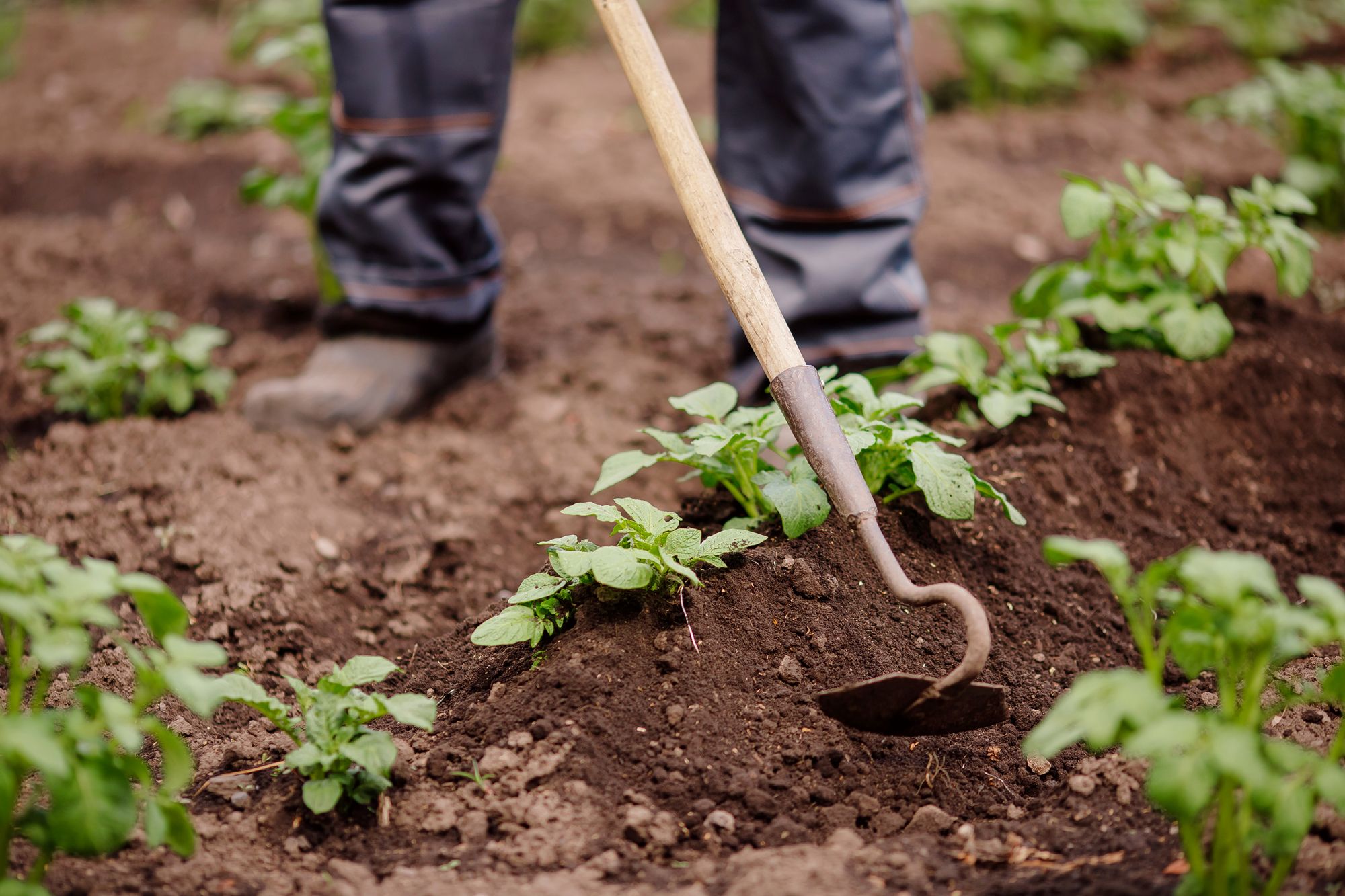Federal Crop Insurance Need-To-Knows
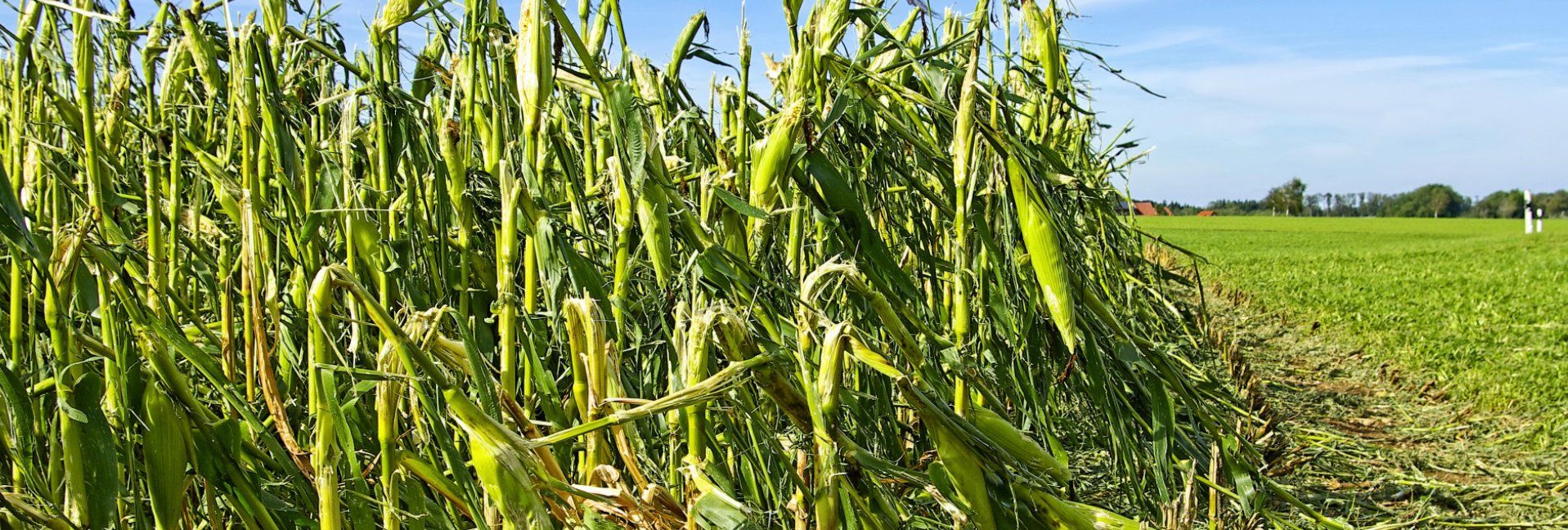

The deadline to purchase your Federal Crop (Multi Peril Crop Insurance) on your corn and soybean crop is fast approaching. Because you’re making important decisions to help protect your operations, here are a few “need-to-knows.”
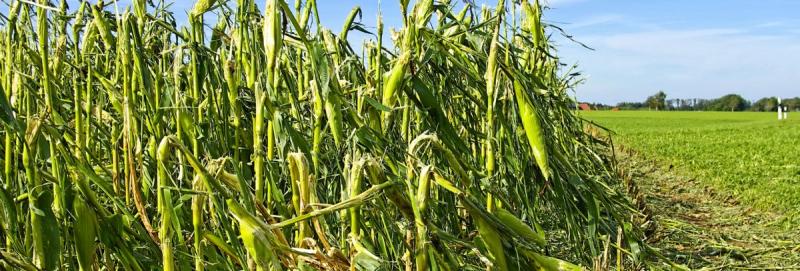
Know your natural and man-made perils
The perils that your Federal Crop coverage protects against are adverse weather, fire (only by “natural causes”) insects, disease, and wildlife.
Important note on fire: “man made” excludes a fire loss against farm machinery, vehicles, and much more, while “natural causes” is a loss due to lightning. (You can purchase additional fire coverage that provides coverage for “man made” fire through a Crop Hail or Crop Fire policy.)
Insure against price, production
The main type of Federal Crop policy purchased is the Revenue Protection Policy with Harvest Price Option. This provides protection against production loss, price decline or increase (at the Chicago Board of Trade), or a combination of both. An indemnity is paid if the actual revenue produced is less than the revenue guarantee.
Your operations will be required to self-insure—a deductible—before your Federal Crop carrier will provide coverage. The deductible range for corn and soybeans begins at 50% and goes to 85%. For example, at the 85% coverage level, you’ll be self-insuring the first 15% of damage that occurs to your crop due to a covered peril.
Know your units
Another important decision is how you’ll want to protect your crops on a unit basis. The two most common options that we can offer are:
• Optional Units: A division of the basic unit structure if each optional unit is located in a separate section, there is a discernible break in the planting pattern, and separate production records are proven. Each section stands alone for loss adjustment.
• Enterprise Units: All corn in that county is one unit, and all soybeans are one unit. Locations must be located in two or more separate sections and must have at least the lesser of 20 acres or 20% of insured crop acreage. You could lose all of the crop on one farm and not collect an indemnity, but premium savings are based on total acres planted.
Your Federal Crop premiums are based on many variables but the main variables include the Federal Crop policy that you elect, deductible level, your operation’s APH, the Actual Production History, which is a 10 year history of your crop, elected unit basis, and crop prices from the Chicago Board of Trade.
Tags:Weekend Farmer

Acreage Life is part of the Catalyst Communications Network publication family.













